
Andersen Corporation’s heritage includes a long-standing commitment to energy-efficient products and environmental stewardship. In that spirit, Andersen, including Renewal by Andersen, has earned the 2022 ENERGY STAR® PARTNER OF THE YEAR – SUSTAINED EXCELLENCE AWARD for the eight year in a row, and the thirteenth time Renewal by Andersen has been recognized by the ENERGY STAR® program. That is a tradition we at Renewal by Andersen are proud to carry on through products that reduce energy consumption, have minimal environmental impact, and will last for years. All of which can help the planet AND your pocketbook. Schedule an in-home consultation and see how you can save.
Contact Us
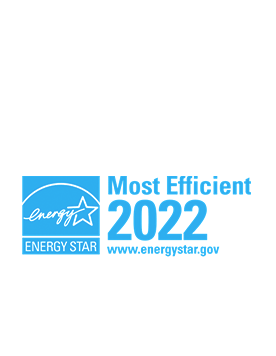
Poor performing windows are an energy drain and can account for a significant percentage of a home’s heat loss in winter and heat gain in the summer.*
Renewal by Andersen® window replacement can save you money on your energy bills.
Plus, the great combination of our exclusive Fibrex® material, High-Performance™ Low-E4® glass, and expert installation means your Renewal by Andersen windows have excellent NFRC ratings. Our ENERGY STAR® certified units are available with select glass options.
Find your location’s U.S. ENERGY STARⓇ climate zone:
Green Seal estimates that if all windows in the U.S. were as energy efficient as those made by Andersen Windows, Americans would save up to 2.5 percent of the annual U.S. energy consumption—an estimated 200 gallons of oil for every household in the U.S.
Renewal by Andersen’s sustainable approach to window replacement means Mother Nature smiles just a little bit brighter.
Did you know:
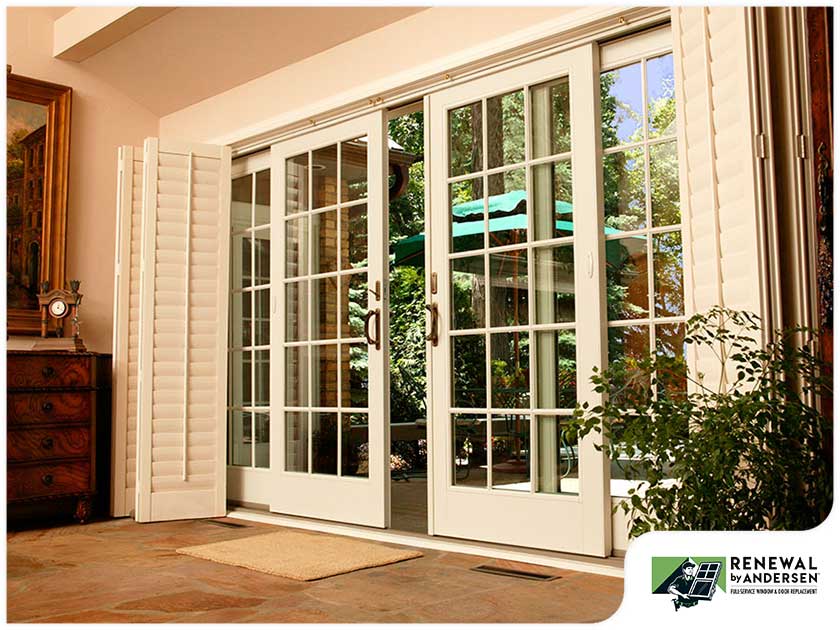
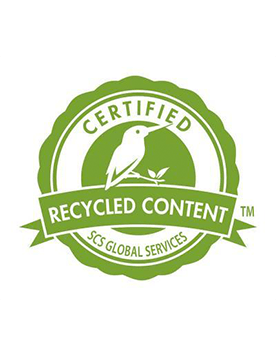
Construction waste is a major source of landfill waste in the U.S. Every day, we replace windows that are less than a decade old. Renewal by Andersen products are designed to stand the test of time and are backed by one of the strongest, fully transferable limited warranties*** in the business, meaning decades of energy-cost savings for you—and less landfill waste for our planet.
Renewal by Andersen’s approach to sustainable window replacement includes 5 solutions to the top energy and environmental challenges we face today. See our infographic to learn more about how we’re making a difference.
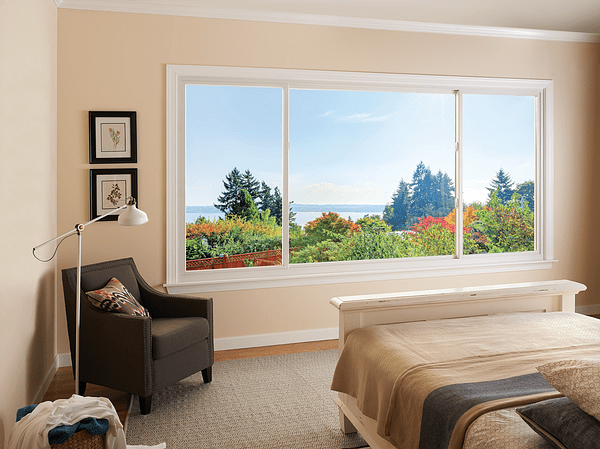
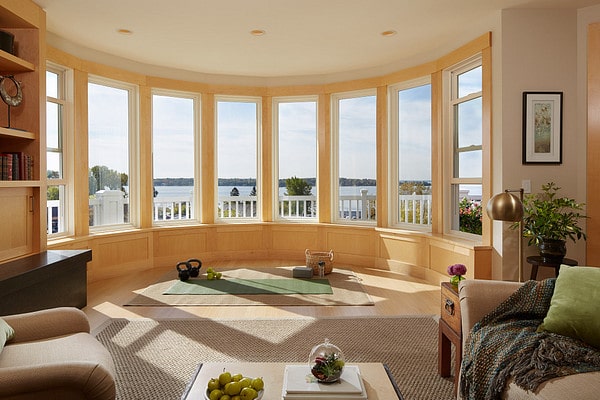
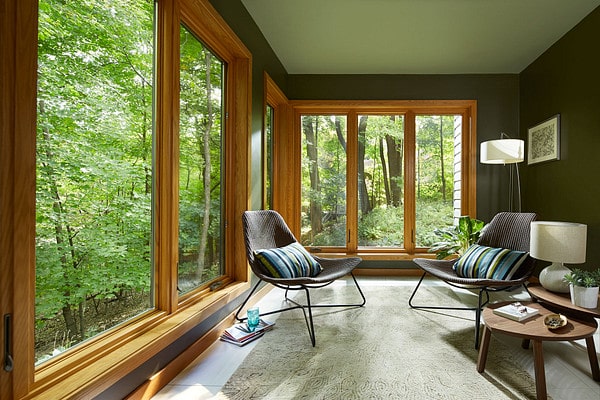
Installing our ENERGY STAR® certified windows and doors can shrink energy bills—and carbon footprints—by an average of 12% nationwide compared to non-certified products. So, when you’re researching replacement windows and weighing your options, there is one important thing to keep in mind.
Renewal by Andersen NFRC Performance values (PDF)
U.S. ENERGY STARⓇ climate zone locator

